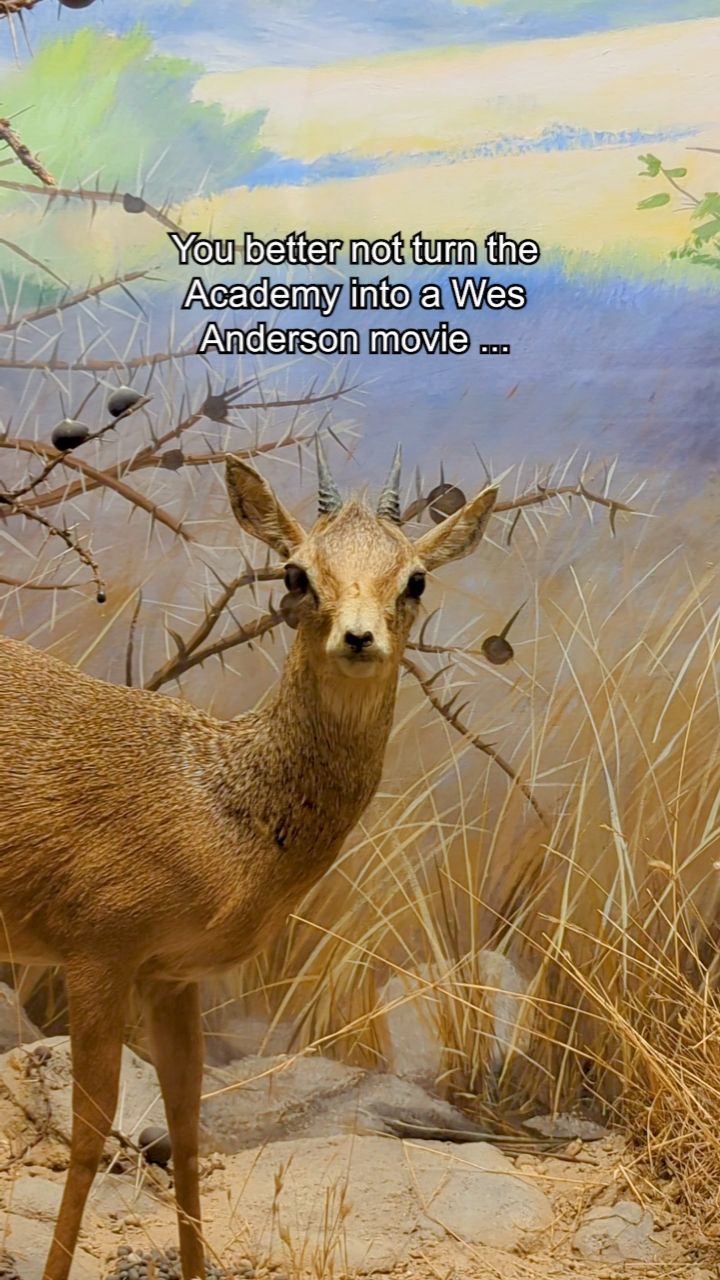– The Unique and Fascinating Dik-dik
– The Dik-Dik’s Physical Characteristics
– The Dik-Dik’s Behavior and Habitat
– The Importance of Conservation for Dik-Diks
– The Dik-Dik in Folklore and Culture
The Fantastic Mr. Dik-dik doesn’t have the same ring to it. When we think of fantastic animals, we often think of creatures with majestic names like lions, tigers, and elephants. But in the vast and diverse world of wildlife, some small and lesser-known animals are just as fascinating and extraordinary. One such animal is the adorable and intriguing Dik-dik.
The Dik-dik may not be a household name, but it is a remarkable creature that deserves our attention and admiration. This article will delve into the unique and fascinating aspects of the Dik-dik, from its physical characteristics to its behavior and habitat, the importance of conservation efforts, and its place in folklore and culture.
The Unique and Fascinating Dik-dik
The Dik-dik is a small antelope species that belongs to the family Bovidae. These tiny herbivores are native to the savannas and bushlands of Eastern and Southern Africa. Dik-diks are known for their diminutive size, with most individuals standing at just 12-15 inches tall at the shoulder. Despite their small stature, Dik-diks adapt well to their environment and possess some remarkable features.
The Dik-Dik’s Physical Characteristics
One of the most striking physical characteristics of the Dik-dik is its large, dark eyes, which are perfectly designed to provide excellent vision and awareness of its surroundings. This keen sense of sight helps the Dik-dik to detect predators and potential threats, allowing it to evade danger and survive in its natural habitat.
In addition to their exceptional eyesight, Dik-diks also have elongated snouts and prehensile upper lips, which they use to feed on leaves, shoots, and fruits. Their slender, agile bodies enable them to easily navigate through dense vegetation and evade predators. These physical adaptations make the Dik-dik a truly unique and fascinating animal.
The Dik-Dik’s Behavior and Habitat
Dik-diks are primarily solitary animals, forming monogamous pairs that occupy and defend small territories. They are known for their cautious and secretive nature, often hiding in dense vegetation to avoid detection. Despite their small size, Dik-diks are skilled runners and can reach impressive speeds when evading predators.
These remarkable creatures prefer to inhabit areas with dense cover and access to water, such as savannas, woodlands, and scrublands. They are highly territorial and will vigorously defend their territories against intruders, using a series of sharp, whistling alarm calls to alert potential threats to their presence.
The Importance of Conservation for Dik-Diks
Like many other species of wildlife, Dik-diks face significant threats to survival. Habitat loss, poaching, and human-wildlife conflict are among the primary challenges that these animals must contend with. As human populations continue to expand and encroach upon natural areas, the habitats of Dik-diks and other wildlife are progressively diminishing.
Conservation efforts are crucial in protecting Dik-diks and ensuring their long-term survival. By preserving their natural habitats, implementing anti-poaching measures, and raising awareness about the importance of wildlife conservation, we can help safeguard the future of these unique and fascinating creatures.
The Dik-Dik in Folklore and Culture
Throughout history, Dik-diks have held a special place in the folklore and culture of the people who share their habitats. In many African societies, the Dik-dik is revered as a symbol of grace, agility, and resourcefulness. Their presence in traditional stories and folklore reflects their importance and the respect that they command.
In addition to their cultural significance, Dik-diks are also valued for their contributions to the ecosystems in which they live. As herbivores, they play a vital role in shaping and maintaining the balance of plant communities, making them an integral part of the natural world.
In conclusion, the Dik-dik may not have the same recognition as some other, larger animals, but it is a truly fantastic and captivating creature in its own right. From its unique physical characteristics to its behavior and habitat, the Dik-dik is a testament to the diversity and wonder of the natural world. By understanding and appreciating these extraordinary animals, we can work towards ensuring their continued presence in the wild for generations to come.
*****
Source Description
Fantastic, Mr. Dik-dik doesn’t have the same ring to it.


